The sony switch… As most of you know I’m a long time canon shooter that made the mirrorless switch to fuji last year. The majority of my photography business is based around shooting architecture with a UWA zoom. My switch to fuji happened as soon as their 10-24mm was available (as well as their XT1 promising fast AF). I shot with a complete fuji setup last year for weddings, architecture and landscape work as well as for my personal images. While I was happy with my switch away from canon (I wasn’t using my DSLR for anything but paid work because of it’s size) I wasn’t quite happy with the AF speed and files quality I was getting. They were good enough but I wasn’t 100% satisfied. Then last year at photo expo in NYC I stumbled into the sony booth and saw their brand new 16-35mm f/4. This lens paired with an a7r was practically the same size as my XT1 and 10-24mm but it had a full frame 36mp sensor… Then I walked over to their dark room focus torture test and saw how well the a7s could focus in ridiculously low light and I was sold…
I got home and ordered an a7 thinking it’d be the best all around camera for me. I’d been more than happy with my 5Diii’s 24mp so it seemed like the best compromise with better AF over the a7r and more resolution than the a7s. When it arrived I noticed a flaw in the sensor and AA filter design that caused it to have what I call “green ghost flares” where the flare from a light source gets this very weird green flare. This is NOT lens flare and it is a huge issue for me with architectural images. So I tried the a7r next… and LOVED it’s sensor (and w/o an AA filter the green flare was gone) but it’s AF was far too slow to shoot people with for me. Next was the a7s which was great, crazy high ISOs, good enough AF and no ghost flares. But before a week was up with it the a7ii was announced and I was hoping they’d fixed the green/ghost flare issue so I preordered it and waited… It came and is/was a GREAT camera. Middle of the road MP, great DR, good enough ISOs, and the best AF to date (the a7rii beats it but came out later). The reworked sensor and AA filter fixed the ghost flare issue. I was happy. Then the a7rii was announced and I knew that the combination of the best AF in the series in combination with the best sensor would be the best fit for me. Not only does the a7rii have the most MP but somehow it’s ISOs are cleaner up high -vs- the a7ii. I’ve had it since August 6th (3 months, 7,517 shots taken) and I’m here to share my thoughts!
That Sensor!:
Let me start off by saying that I’m thrilled with the sensor in the a7rii and it’s AF has done nothing but impress me so far! While I’ve always said I don’t need more resolution -vs- what my canon or fuji have provided in the past, it does make for some GORGEOUS prints! I have a 32″x48″ canvas from the a7rii in my house and the added detail is noticeable if you look for it. You also get dynamic range that the canon couldn’t dream of touching and it’s ahead of the fuji as well. I’ve had some architectural shoots where I’ve bracketed a shot thinking I’d need to HDR it and in post I can +99 the shadows and blacks of the shot with the best detail in the highlights and get basically the same look! Sure there’s some noise in the shadows when you do this but it’s just insane as a former canon shooter that you can do this without seeing crazy patterned noise. Now the ISOs are also very good. I shoot up to 12,800 without a concern. There’s luminance noise at that point and you lose some of the pop from the colors but there’s zero chroma noise at all! On top of all that without an AA filter there’s no green or ghost flare issues with the a7rii.
Now this can’t be a proper a7rii review without at least mentioning compression of the raw files! Personally I haven’t had a problem with the 14-bit compressed files we’ve had since the beginning. I know you have to shoot with the camera in single shot mode, no bulb, no long exposure noise reduction and no high ISO noise reduction to get true 14-bit files. This is how I shoot my landscapes. Sony has now released an uncompressed option that’s basically putting the 14-bits into a 16-bit file which means the files go from ~45mb to ~90mb… It’s up to you if you need it. I’m using 14-bit compressed for landscape and architectural work and then 12-bit for weddings. I don’t need the extra depth there and the files are smaller and faster to process in 12. I use either silent shooting mode or either L or H FPS modes to “force” the camera into 12-bit mode as needed.
Auto Focus:
The auto focus on the a7rii is amazing. I know a lot of guys will say that it can’t keep up with a pro series DSLR but at this point it really makes me wonder. I’m not saying it’ll track a subject that’s moving quickly at 11fps because the body can only shoot 5fps. What I am saying is that in just about any light I’ve had very little problems with the AF with this camera and I’m coming home with much fewer out of focus shots. Even -vs- my old 5Diii! I remember shooting wedding receptions with my 5Diii (once we’d given up on ambient light and gone all flash) where I’d switch to my 16-35mm 2.8 only because it focused a lot quicker in low light -vs- my primes. With the sony I can shoot with my 25mm f/2, 55mm 1.8 or 85mm 1.8 and they all lock on and stay locked on during low light reception shots with little to no lag at all. I’ve been VERY impressed! I’m coming home from weddings with hardly any shots that are out of focus. I’m talking less than 5% (and some of that can be blamed on me pressing the shutter before it locked).
That’s not to say it’s perfect though. Sony has added so many bells and whistles to it’s AF system it can be very confusing at first. Face detect, eye AF, center lock on AF, expandable flexible spot, the list goes on and on! While it’s taken a little getting used to and some manual reading (yes, I admit it) and I STILL don’t know all the functions of this AF system, I will say it works really well. The other odd thing I’ve noticed is out of focus shots when shooting architecture. With my canon and fuji setups I would manually focus the first image and basically leave the lens alone for the rest of the shoot and I’d be all set (focused about ~6′ into a scene stopped down to f/16 on full frame). With the sony I’ll AF the first shot and I’ve noticed every once in a while when I go to the next shot the focus will be way off (nothing in focus at all, even at f/16). This happens in both MF modes and AF modes. I’m not sure if I’m bumping the focus ring or if it’s refocusing on something at a bad distance or what. I’ve learned to just ALWAYS use the AF after each new shot to be sure and I’ve been fine since, but it’s worth mentioning…
Manual Focus:
Some of you need to just skip right past this section as you won’t all use manual focus. I manually focus a lot of my landscape and architecture shots. EVFs and LCDs have made this easier in some ways but the “focus by wire” design of the lenses make it much harder at times. If you’re coming from a canikon DSLR your lenses are not drive by wire. You physically move a ring that moves the elements inside the lens to make it focus. This works with the lens on or off a body (without power). With mirrorless cameras they use the camera’s power to move the parts inside the lens. The ring you move is just telling the computer in the camera to move the elements in the lens in a certain direction. It’s a bit slower and harder to get “perfect” vs the old way… I find myself getting really close to just right pretty quickly but then I go back and forth from too far to too close a few times before settling in on “good enough”. Peaking can help in a lot of situations but it can also hurt in others (it won’t work at all for stars). The camera also has a function called “bright monitoring” that basically uses a very slow frame rate so it can gather more light and show you a very dark scene better but it’s very laggy (due to the slow frame rate) which means it’s hard to see your focusing changes because there’s a much longer delay. This function is also only available on the full view (ie you can’t zoom in). I’ve since learned to focus stars accurately you need to turn peaking OFF (yes off), then zoom in on the brightest star in the frame and manually focus until it becomes the smallest point it can. Peaking needs to be off because it works by showing you points with good contrast because those tend to be in focus. Even with peaking set to the minimum it’ll tell you a star is in focus well before it is as well as long after it’s no longer sharp. Simply turning it off and zooming in will get you great results.


The body:
The sony full frame cameras are built “good enough”. They’re strong and solid and great but not quiiiite as solid as my old 5Diii. They’re sealed though as are all their lenses and I’ve certainly had no issues with them. The II version have a much nicer grip on them as well as IBIS or in body stabilization. For a lot of you IBIS is probably a huge deal and crucial. Personally I’m either shooting people where I’m using a shutter speed well over 1/focal length or I’m using a tripod. That’s not to say I’m not a fan, I’ve just been happy with it in my lenses in the past. What really confuses me here is if all three of the current bodies have IBIS why’d they build OSS into a lot of their lenses (my 16-35mm, 24-240mm, and 85mm all have it)? It’s extra optics and cost and weight… I will say however that the fact that the sensor moves makes it a LOT harder or maybe just weirder to clean your sensor. It moves now! The SD door on the a7rii is also nice and firm now. I mention that because they changed it’s orientation on the II versions. The a7/a7s/a7r were rock solid, but the a7ii had a tendency to open on me. The a7rii’s door is a bit more solid now and I’ve yet to have an issue with it.
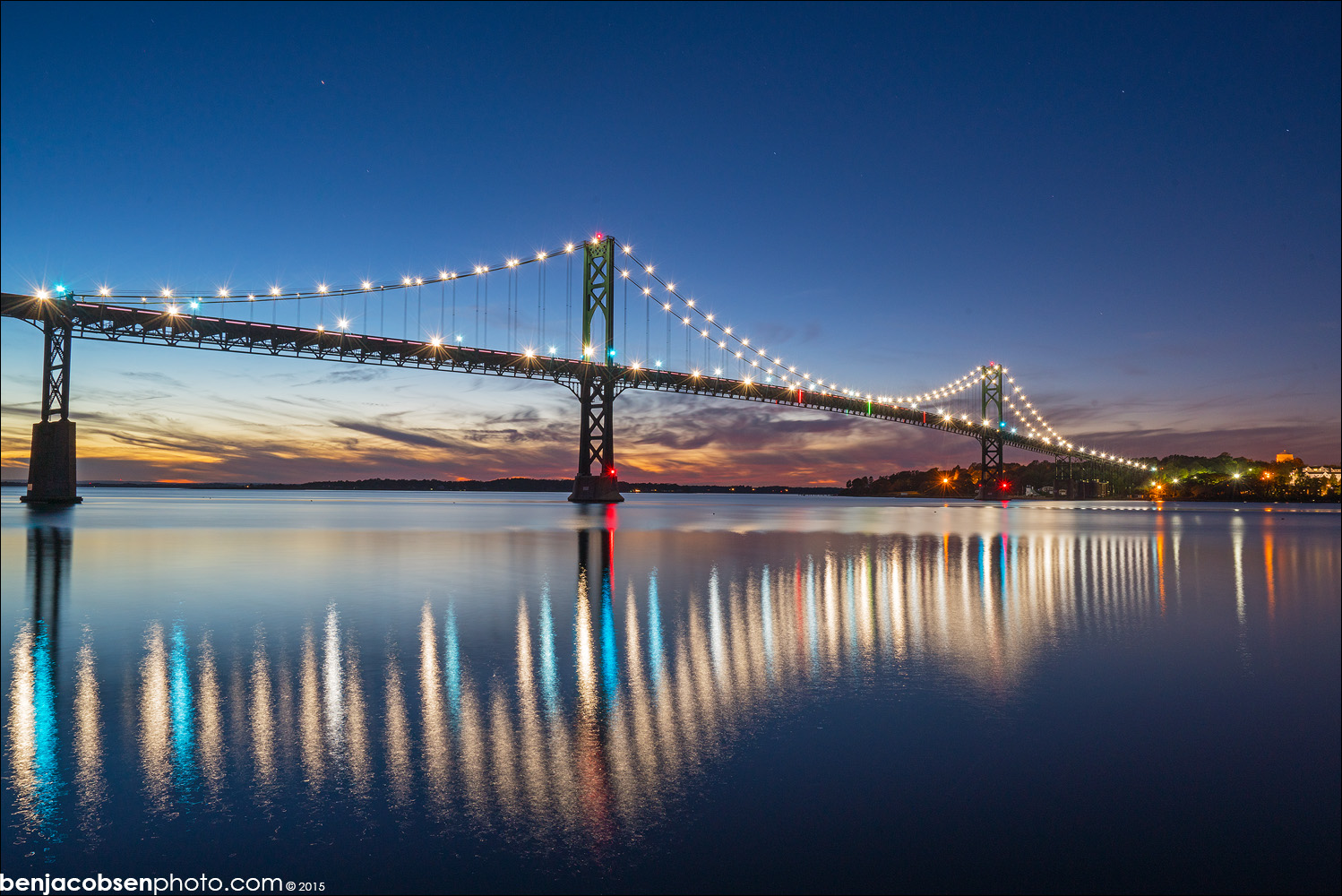
The viewfinder is bigger and better but it’s still not as nice as fuji’s. I’m a fan of EVFs but sony’s doesn’t have the tricks and display modes that fuji has baked into theirs. Remembering AF points for vertical -vs- horizontal compositions would be great! The eye cup on the a7rii also seems to be better built -vs- the a7ii where the rubber liked to pull away from the frame. The tilt out screen is WONDERFUL for architectural and landscape shooters. I’ve gone from preferring the simple slide up/down style sony’s used on the a7 series to wanting one that flips out with a side hinge so it can work for vertical shots as well… One complaint with the EVF/rear LCD is the sensor for the automatic switch is far too sensitive on these cameras. When I’m backed into a corner of a room it’ll see my chest with the sensor and switch to EVF mode even though I’m ~6″+ away from it. I’ve assigned the viewfinder switch to C2 so I can cycle it back to the rear LCD but if the sensitivity was just turned down a bit (to fuji levels) it’d be great.
The Customization options on this camera are almost perfect. There’s two custom buttons up top near the shutter (I have mine set to the brightness monitor and switching between the EVF, LCD and auto display modes). Then on the back there’s C3 (set to focus magnification), AF/MF (set to switch between AF and MF for me), AEL (hold to AF, release to stop AFing) and the C4 button (eye focus). I’ve got the 4 way buttons set as labeled but down is set to face detect for me. The center button is set to “default” which means pushing it allows me to then move the AF point with the 4-way which is great (and hitting delete short cuts to the center AF point). The reason this setup is NOT perfect is because the list of things you can assign to buttons is limited. You can not for example set the aps-c option to any button in the camera (it can’t even go on the Fn menu). This is something I use quite a bit and would LOVE to have on a button! You also have to OK the options once you hit the button. You should have an option to have them be quick changes where one button press changes the setting if it’s only got 2 options.
Menus:
A lot of people like to say that the sony menus are a hot mess. While they’re certainly not as good as they could be I don’t really see them as a mess. I’ll add to this though that I’ve been a sony/NEX user since the very first NEX5… The old NEX menus were terrible… The new tabbed layout is very similar to canon and works quite well. I will say it’s missing a “my menu” option where I can pick a page worth of options for myself and to have that always be the first menu page that comes up when I hit menu. Sony will argue that the Fn menu handles this task but it only allows about half the options from the full menu to be put as options in it (and it’s crucially missing the option for APS-C/super 35 crop to be on or off!!!). I’ll add that I prefer sony’s menus over fujis. You can learn where everything is in either over time but I prefer sony’s. The Fn menu itself should allow you to set ANY function to it’s 12 spots (and I’d personally like an option for 1 2 or 3 rows, you’re locked into 2). Some of the options need some help as well. I have steady shot set to my top left spot so I can turn it off when needed. The next spot over is then the setting for automatic or manual focal length detection (if you’re using non E or FE or adapter A mount lenses you need manual), then the THIRD spot over is for the focal length if using the manual option…. Why all three of these functions couldn’t be part of the same steady shot menu I don’t know (steady shot options: off, on-auto FL, on-manual FL with a list).
Necessary Accessories:
There are always a few accessories that you need to complete your system but there are a few with mirrorless cameras in general and specifically the sony system that I’d say are must haves. The first on the list would be a great battery charger and plenty of spares. I’ve had a watson dual desk charger since my fuji days and it’s a life saver. Charge a battery that’s close to full in the provided wall charger and it’ll be blinking full almost immediately. Toss it in the watson and it’ll tell you the % it’s at an actually top it off to full power. Before the watson I’d use 6~8 batteries at a wedding with my X-T1. With the watson this has gone down to 4. The sony now uses the same 4 batteries as I’d use with the fuji. The great thing with the watson is that it takes ~$2 plates to change it from a sony to fuji to ricoh to canon charger! Of course put extra batteries in this section as well. I have ~7 sony batteries at last count. I keep 1 in each camera (I also have an a6000) and 4 in my think tank photo battery holder. The dual battery wallet is also nice for family outings.
Second up for me would be grips and plates. When I shoot a wedding I use the vello battery grip. I’ve never really been a grip user with DSLRs (I have always preferred smaller lighter cameras). With these mirrorless cameras getting as small as they are and shooting with it all day at a wedding the added grip is great but the fact it doubles the battery capacity is awesome. I have noticed though that my grip will change the aperture setting when in Av w/o me touching it… For this reason I generally leave it’s buttons switched off and I’m considering the $300 sony version… Switching the buttons off isn’t a deal breaker for me though as I’ve never really used a grip much so I’m not used to the second shutter button but the other very strange thing is once you get used to using the EV dial on the body it’s very odd not having it near the second shutter on the grip. Whenever I’m not shooting a wedding specifically I’ve got my neewer L-bracket on the camera. L-brackets have been on all my cameras for years now as it makes switching from a vertical to horizontal composition a snap with my tripod head. I’m using the neewer l-bracket that came in a kit with the grip for $85. It’s $63 for just the battery grip, and $22 for just the l-bracket.
The third accessory I’d call a “must have” if you use flash would be any flash with a “Multi-Interface Shoe”. This is what sony calls their hot shoe with the data connection at the front. The reason this is important is it tells the camera there’s a flash involved. You can use “dumb”/manual flashes without this shoe without an issue (I do with my neewers) but because they don’t have the data connection the camera doesn’t put itself into two crucial modes: Flash WB and “setting effects off” for the live view. The first should be pretty obvious. Without knowing you’re using a flash the camera will be in AWB mode and the flash results won’t be consistent. Yes it’s an easy fix in lightroom by syncing the images and telling LR they all need flash WB but it’s much easier when the camera does this for you. The second and much more important option is that the “setting effect off” means the camera will artificially boost the ISO so you can see through the EVF to compose the shot. If this is left on, when you dial in your flash exposure you’ll be looking at a very dark (black!) viewfinder. With a normal/dumb flash you have to switch this mode on/off every time you mount/remove your flash. But with a “smart” flash with the correct shoe it’s automatic. For me this makes the nissin i40 the obvious choice as it’s TINY! It’s slightly less powerful -vs- the big speedlights but I’ve found with 1/8th power (and 1/4 when needed) it keeps up recycle time wise and I don’t need to boost the ISOs too high.
If you’re a landscape shooter or the thought of a flash just seems silly to you, then I’ve got a different option for you… Filters! I’ve got a full set of Lee filters I carry in my mindshift filter hive. I’m also using some great new filter adapters from “the filter dude” on amazon. They’re $20 and the same as the wide version of the lee adapters (that cost ~$68) with the exception that the filter dude rings also have a set of threads on the outside of the ring so you can mount a traditional filter to them once they’re on your lens. Let me explain it this way: you’re shooting a waterfall and your panel or 105mm CP gets spray on it as does the front element of your lens. If you’ve got a 77mm CP in your filter hive you can thread it onto the filter guy ring with the ring still on your lens and there won’t be any way from spray to get onto anything but the outside of the round filter! I use this trick all the time shooting waterfalls! Once you’ve got the ring on your lens, don’t bother ever taking it off. Get some of these Lens Coat medium lens caps and use them over your rings. Makes it much easier than dealing with lens caps and threading on a filter ring in the cold dark morning before your coffee has kicked in. For any of you who’ve made it this far into a section about filters, grab some gaffers tape and tape over the logos on the front of your lenses… Those obnoxious white logos will reflect back at your filters and you’ll be able to see the text in the images (bottom right corner in the rocks there’s an orangish semi circle that’s the reflection of the words on the lens)!!!
sensor cleaning supplies… If you’ve ever made the jump from an APS-C body to full frame before you know full frame sensors collect dust at a much faster rate. If you’ve ever made the jump from a DSLR to a mirrorless/EVIL body before you know that EVIL’s have their sensor hanging out in the open when you change lenses… Combine the two and it’s a recipe for dust! I’ve got three things I use to work on the dust issue: 1) Sensor pen and loupe, 2) rocket blower, 3) gel stick. The gel stick is new to me and so far it’s been amazing. Make sure you get the orange sony version. The rocket blower gets off the easy stuff but I’ve found if the camera’s sensor cleaning function can’t get it off the rocket air usually can’t either.
Big and fast SD cards… 42mp files can chew through a lot of space in a hurry. With the new uncompressed option they’re now twice as big (~90mb now -vs- 45mb uncompressed). Make sure you get cards with a ~90mb/s read AND write time! A lot of the cards offer that as a read speed but not write which is what matters most to the camera. I wish sony had used the faster tech fuji has in the XT1’s SD slot (250mb/s). I’ve got three 64mb 90mb/s SD cards that I’m happy with so far. I keep them in a “lenscoat memory card wallet SD9” that can hold 9 SD cards. I used to be a big think tank pixel pocket rocket user in my CF card days but the lenscoat SD card option is much smaller so I prefer it. Whichever wallet you go with MAKE SURE YOU KEEP A FEW BUSINESS CARDS IN IT!!! If you ever lose it you’ll at least have a chance at getting it back. The think tank option does have a nice strap on it so you can secure it to your bag but it’s a velcro closure which I don’t like at weddings. The lenscoat wallet uses an elastic that just loops over the end so it’s dead silent.
While we’re on the subject of memory let me talk about importing these massive files into your computer! Having a fast card does you no good if you don’t have a fast card reader to go with it. I’m a mac guy and I’m using an older iMac with the original thunderbolt port and USB 2.0 ports (or maybe even originals). Thunderbolt is my fastest option. I have a drobo 5D running on a thunderbolt connection. I then have this awesome lexar workflow hub with three SD card readers (which can be used on their own with their supplied USB cord when you’re away from your desk). I have three readers because there’s a lot of times when I end up with three cards to import from between the drone, the a7rii and the a6000. I also use the trick Dan Carr taught me about importing from more than one card at a time in LR which is a LIFESAVER!!! The one problem I have is that the lexar hub is USB3.0 so in order to take advantage of it’s speed I need to adapter it to thunderbolt so I’m using this belkin dock. I know these parts aren’t cheap (it’s about $500 for the hub and reader before you get to my external storage) but even since I upgraded to this setup last year my import times have become comically fast. Even with three filled cards. Of course it still takes lightroom forever to build previews but that’s another story. LR is slow to work with these monster files so be ready to throw some money at your computer if it’s not up to the task… I’ll be getting a new machine in a few months (retina iMac) and can’t wait.
The last accessory I’ll talk about is how moving to a mirrorless system can change your whole system in terms of tripods and bags. I’ve added a small travel carbon fiber tripod to my kit since going mirrorless. The camera is enough lighter I get enough support from a much smaller tripod and it can now fit inside my camera bag! This has also meant (for me) that I’ve moved to larger camera bags. Not for the camera, but because it means I can use one bag to carry all my gear for non photography purposes as well as my photo kit in a single bag. So rethink your bags and support, going to a bigger bag with a smaller tripod might mean everything can now fit inside one stealth bag!
Some notes:
- 42mp is OMG WHOA! resolution… Even if you use the 18mp aps-c mode it’s still an amazing file with plenty of detail.
- The DR of this sensor is crazy. The a7ii I’d been using was good, better than canon and fuji (no pattern noise like canon) but the a7rii is a level above that easily.
- ISOs are ALSO really good and easily beat my a7ii, 5Diii and the fujis.
- For a full frame body this thing is amazing small. I switch to fuji because I never used my 5Diii unless I was on a paid shoot due to size. This body brings the best full frame sensor in the market (all around, MP, DR, ISOs) to a tiny body. It’s the same size with the 16-35mm as my old X-T1 was with fuji’s 10-24mm.
- AF is very good even in low light at wedding receptions… Canon has the “red ring of fire”, well sony has the “green boxes of focus”. It just works.
- AWB feels like it’s maybe not quite as good as the a7ii? I’ve never shot them side by side though but it’s a gut feeling I get…
- My AF buttons setup has the AF turned off on the shutter button. AEL is my focus but only when held down. It’s the basic rear button AF from my DSLR.
- all custom buttons
- Fn Menu row 1: SS on/off, SS Adjust (manual/Auto for non sony lenses), OSS FL (for non sony lenses), Focus Mode, Focus Area, Center Lock-on AF
- Fn Menu row 2: Silent Shooting, Peaking Level, White Balance, DRO/Auto HDR, Quality, Smile/Face Detect
- Custom Keys: Shutter AF off, C1 = bright monitoring, C2 = Finder/Monitor Sel., C3 = focus magnifier, C4 = eye AF, Center button = standard (lets me choose AF point), left = drive, right = ISO, down = smile/face detect, AEL button = AF on, AF/MF Button = AF/MF control Hold
- battery grip is great for weddings, but the neewer version adjusts the aperture w/o touching buttons on me….
- AEL button is hard to feel on the neewer grip. Awkward with EV dial only usable in horizontal mode…
- you “need” to use a sony shoe capable flash. With a “dumb”/manual flash the flash doesn’t sit right in the shoe (too far back) but it also doesn’t auto switch the camera to flash WB and it also doesn’t change the viewfinder setting from “live view display: setting effect on” to off for flash (setting is in the gear -> page 3, option 1). Using the nissin i40 does both automatically!
- get a watson charger NOW!
- get a nissin i40 for any on camera flash NOW! It’s tiny and light and perfect. Just don’t turn it up above 1/4 or the recycle time gets slow (but we have plenty of ISO on the a7rii). 1/8th is great.
- magnification during replay is painfully slow!
- buy a 90mb/s write speed SD card…
- battery life is what it is but with a watson charger it’s 4 batteries for a wedding even at 2.5k+ images… You can also charge via the USB port WHILE SHOOTING for timelapse guys or if you’re hurting and out of normal sony batteries…
- SD card door tighter -vs- a7ii where it opened on me quite a bit (but never on the a7/a7r/a7s because it opened the other direction).
- eye cup rubber/shape is better than a7ii.
- silent shutter is DEAD silent… subjects will actually keep posing after a shot because they’re waiting for the noise.
- sigma and tamron need to start making their lenses in FE and E versions. They offer a mount conversion process for existing lenses which suggests the lenses are all the same and the mounts are the only difference. This makes me wonder if sony/minolta has some weird difference in their mount that makes it so making just the mount for the existing lenses doesn’t work? I’d prefer mirrorless specific versions anyway though (so they can be smaller/lighter).
- Sony needs to make either the 70-300 or 70-400 in an FE mount. The longest FE lens right now is the 24-240mm (which has terrible sun stars but is a great travel all in one otherwise).
- I’ve seen some very weird hunting with my zeiss batis 85mm in vertical/portrait mode that goes away instantly once the camera is horizontal but comes right back again when back to vertical. I’ve spoken with zeiss and sony about it and zeiss has been able to replicate the issue (only happens in super low light).
Things to fix via a firmware:
- APS-C mode (setting -> gear -> tab 6 -> option 4) should be allowed on the Fn menu or as a custom key. I use APS-C for weddings a lot as I don’t need more than 18mp there (I used mRAW on the 5Diii for 10mp).
- mRAW options? You can force 18mp via the APS-C mode but there should also be smaller RAW options that use the full frame.
- Add the option for a third row in the Fn menu (and also the option to drop to 1 for those who’d want that). There’s a LOT of menu options I use a lot and I need more space than the 2 rows provided for what I use regularly.
- Add a “my menu” option similar to canon’s that gives me a traditional menu page where I choose everything on it but I get to choose from ANYTHING in the menus… Also, don’t limit it to a page (let it scroll if I want more than 6 options) and let me set it up so pressing menu always brings up this screen first.
- EVF auto switch sensitivity is too high. I’ll be in a corner doing architecture work and it’ll see my body and switch to the EVF from the rear screen. EVF switch should NEVER activate when the rear LCD is opened either way (because if it’s open you’re using that and not the EVF).
- The added 14-bit uncompressed option is great for those screaming for it (I never felt the compression caused any issues?). I’d love to see true 14-bit with lossless compression as well. Personally I’d also love to see an option for force 12-bit when you want it as well. For weddings I shoot RAW but don’t need 14 bit so I use the slow FPS mode to force 12 bits most of the day, then silent shutter mode during the ceremony (turning on long exposure noise reduction, high ISO noise reduction, bulb, any burst mode over single shot or silent shutter all force 12-bit mode).
- write times are painfully slow in 14-bit RAW. It also takes a looooong time to format a memory card? That shouldn’t be file size dependent?
- During a long exposure the rear LCD is still powered on but black. This wastes power from a camera that uses a lot and uses small batteries already. Please turn OFF the screen during an exposure! -or- give the option to have it show a counter for the shutter length so I know when a 30s exposure is almost over. During bulb count up with that counter!
- The manual focus distance scale display is terrible! It’s always a white line of a set width that doesn’t get thicker (showing more DOF) as you go wider with focal length, farther with focus or stop the lens down. It’s always the same size! The zeiss batis lenses have GREAT OLED displays with GREAT info shown, copy that on the rear screen! Also make the white bar/line get thicker as you change settings accordingly (like fuji does).
- allow the use of the manual focus assist view (magnified live view) to be used with “bright monitoring” (where it drags the shutter is super low light so you can focus) so you can use both and really nail MF in pitch black settings.
- allow users to turn off the non whole stop ISOs for faster ISO selection… going from auto ISO (how I shoot wedding w/o flash) to ISO 800 (how I typically shoot reception shots) is 13 button presses when it would be 4 if the non whole ISOs were out of that list. Canon and fuji both allow this.
- option for a quick delete w/o needing to “ok” anything…
- Option to turn off some of the AF points. I always “watered down” my 5Diii to just the more sensitive points and the ones in the corners. Something like 25 (5×5 grid) would be perfect with the a7rii. But 399, especially when you use the small box makes it slow to move your selected AF point from one side to the other.
- To go with the above, allow the user to “wrap” the AF point selection from one side of the frame to the other. IE if I’m using a point on the left side of the frame and I press left again it should “wrap” around to the point on the far right.
- allow customization of the dial directions. The shutter speeds on the rear dial in M are backwards for me… I’m re-learning but it’s taking a while!!!
- faster read and write speed. Feels like I’m waiting for the red light quite a bit. And the A7rii takes longer to write it’s 18mp aps-c files than the a6000 does to write it’s 24mp aps-c files… Use the UHS-I U3 cards that fuji put into it’s X-T1.
- create a hyperfocal AF mode where the camera looks at the focal length and aperture and keeps the focus dialed into whatever distance puts infinity right at the far edge of the DOF. This would be a huge advantage for landscape shooters.
- Allow the viewfinder to store which AF point is used for vertical and horizontal shots separately (canon and fuji do this).
- Why oh why does the battery go in 180 degrees opposite from the a6000?
- it’s 2015, we shouldn’t need to tether our cameras to our computers and run a program to update firmware sony! Get it sorted so the firmware goes on the memory card like everyone else (even my drone)!
Current (Fall 2015) Sony Kit:
I’m currently shooting with an a7rii with both the Meike/neewer/vello battery grip (for weddings/events) and the Neewer L-Bracket for everything else. Lens wise the Sony (by Zeiss) 16-35mm is my go to wide angle zoom and what I shoot my architecture and landscape work with. I have the sony 24-240 as my light weight long reach lens and the tamron 150-600 as a no compromise I need reach lens with a Sony LAEA3 adapter. For wedding work I have the Zeiss Batis 25mm f/2, Sony (by Zeiss) 55mm 1.8 and the Zeiss Batis 85mm 1.8. I shoot weddings using the aps-c crop mode 95% of the time so this trio works out to be 35mm/85mm/135mm effective. I’ve basically added the Zeiss 85mm as a longer option -vs- what I shot with both canon (35/85) and fuji (23/56). The other great thing with this setup is I can shoot the 25mm in full frame mode for those few shots where I “need” a wide prime and the 16-35mm becomes a pretty versatile mid range zoom for those reception flash shots at the end of the night. For flashes I still have my Neewer TT850s with their awesome Lion battery packs (that last for ~600 shots!) with their wireless transmitters but I only use those off camera now (they’re massive on this smaller platform). I picked up the nissin i40 for on camera (bounced) which is great because it automagically switches the camera’s WB setting to flash as well as setting the viewfinder mode to NOT reflect your settings (since the flash isn’t flashing as you compose you end up with a black view if settings are reflected). It’s also pint sized and light which is great, but also just powerful enough I can use 1/8 or 1/4 when needed to keep recycle rates fast enough and it’ll survive and entire reception with one set of AAs for me. I’ve also kept two aps-c wide angle lenses that play nice on full frame. The first is the sony 10-18mm f/4. It’s meant to be an effective 15-27mm f/4 lens but it also covers full frame from 12mm to 16mm and is nice and small! It’s a great lens for shooting milky way shots for me as I need the added width there. I’ve been toying with it on arch shoots where 16mm on full frame isn’t quite wide enough as well. The other aps-c wide lens I’m using is the rokinon 8mm fisheye. You’ll notice shots of the 12mm fisheye in the gallery below as well. I tried both and while the 12mm is slightly nicer optically (perfect sun stars) it’s just so much bigger and bulkier that it won’t get brought along as much and you can’t use a lens you don’t have! The 8mm is tiny and lives tucked away in a corner of my bag.
Wrap Up…
Sony has a long way to go in terms of dialing in this camera to the extent that I have zero issues with it. BUT! The vast majority of these items are very minor details (which way dials turn etc). The camera is a great tool and the more I use it the more I learn and adapt to how it’s different and the less these issues matter. That’s not to say I don’t want them fixed (and please, via firmware so I don’t need to buy my sixth a7 body in a two year span!). It’s that I can work with what I have. The sensor and the AF are fantastic and will keep me in this system for the long haul. Sony is catching up with lenses (70-300 next please?!) and each new firmware update brings new features. It’s an exciting time to be photographer! This camera finally delivers better image quality than what I had with my DSLR (5Diii) in terms of dynamic range, clean ISOs AND more resolution. It also gives me auto focus I can trust in pretty much any situation. I have more issues manually focusing thanks to the focus by wire design and the uninformative display. All in all I’m the happiest I’ve been with a camera since the 5Diii (my only complaint there was size/weight).
Affiliate Disclamer:
Just to explain this review to everyone and why I’d write it… I bought 100% of the equipment I’ve talked about using in this post with my own money without any favors. I am affiliated with B&H and Amazon and you’ll notice the links to items throughout this page are affiliated. This just means that if you happen to purchase something from them using one of my links it helps fund this site. Everything you’ve read here is based on my use of the a7rii and sony system over the last year+. I’m sharing my thoughts simply to help anyone considering doing the same.

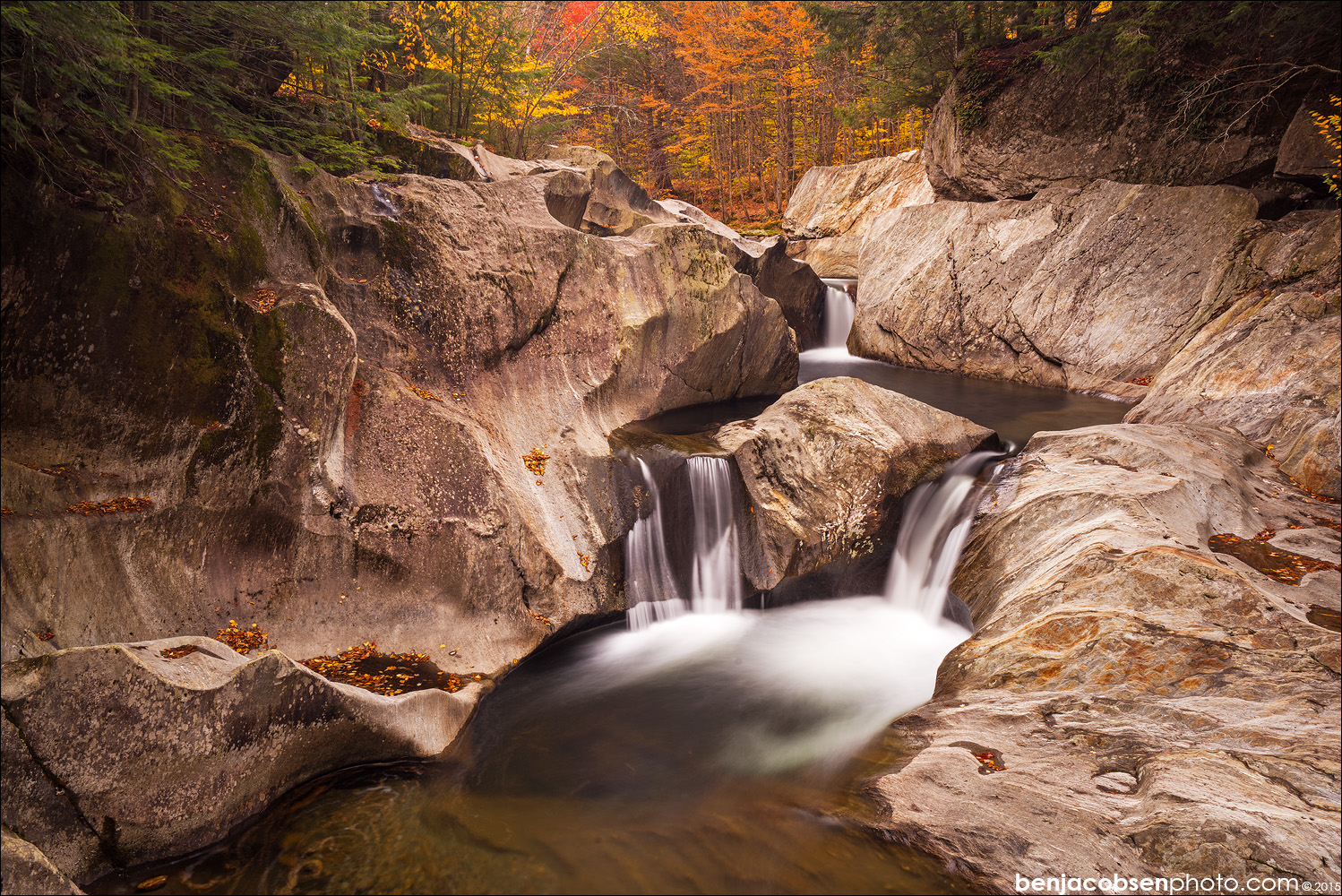
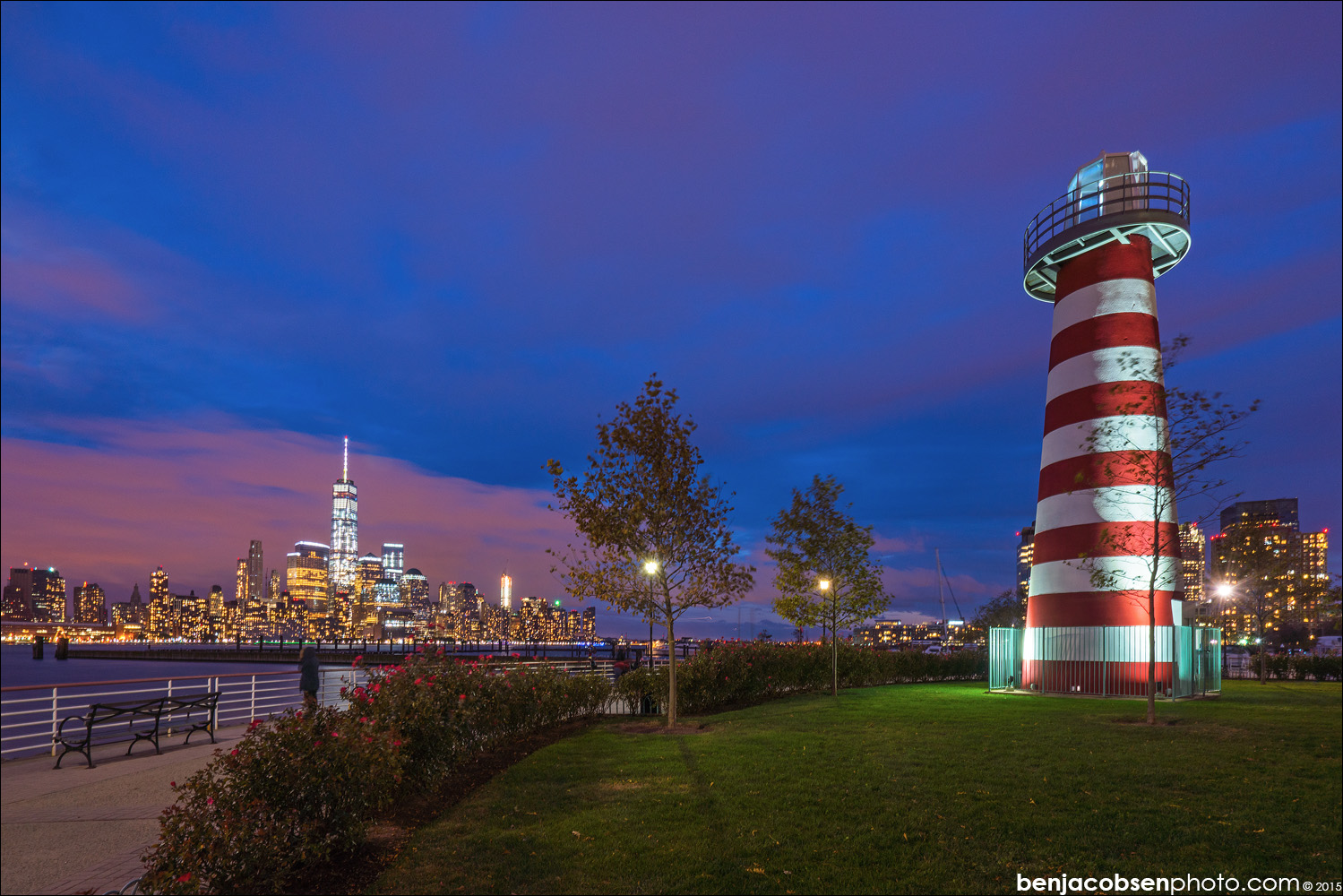











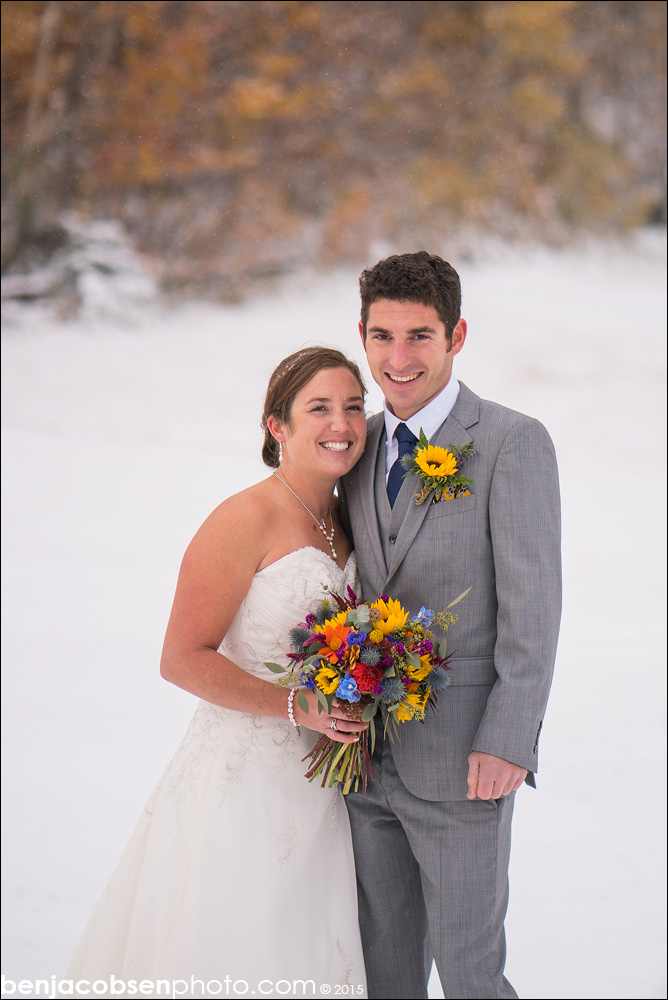


















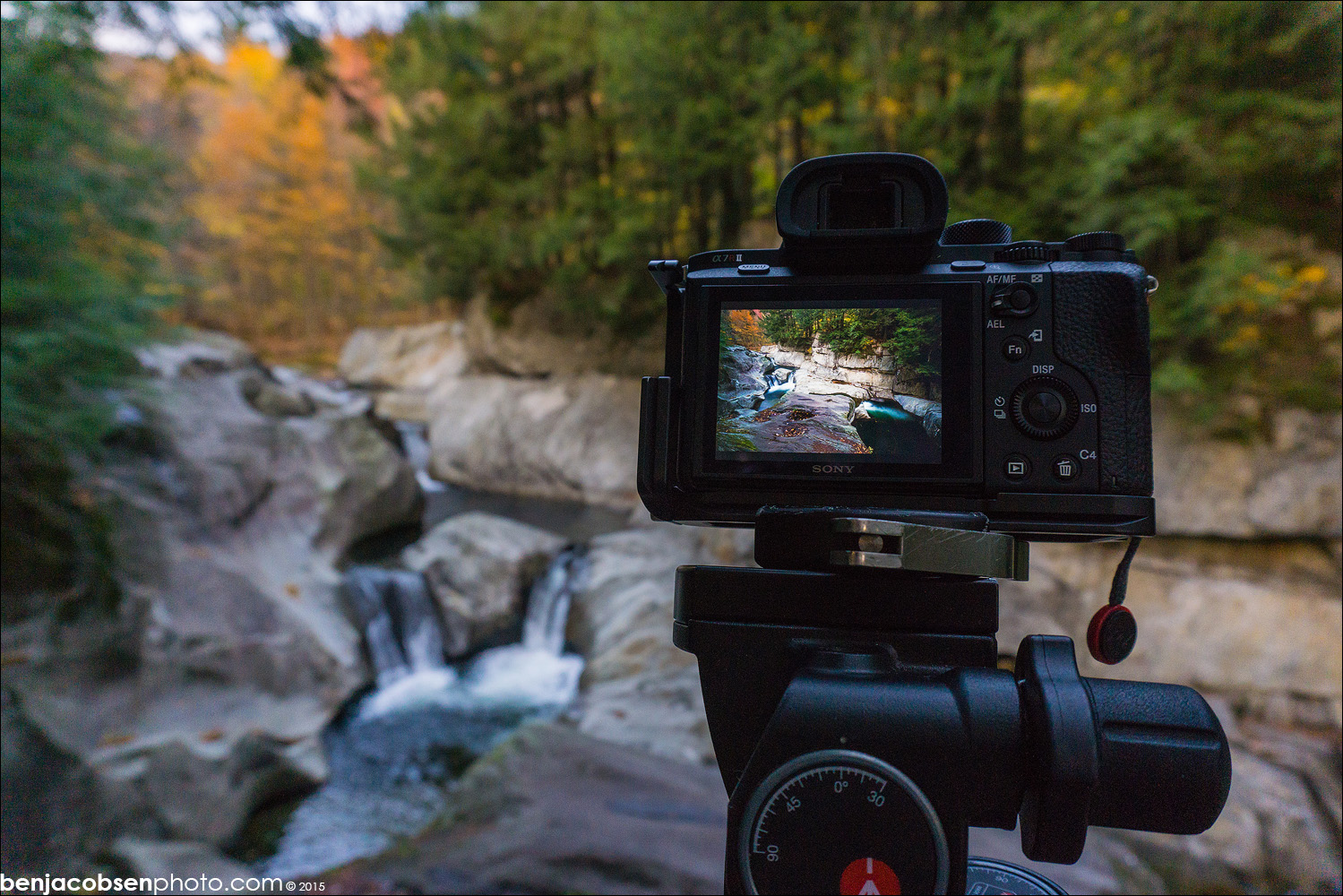
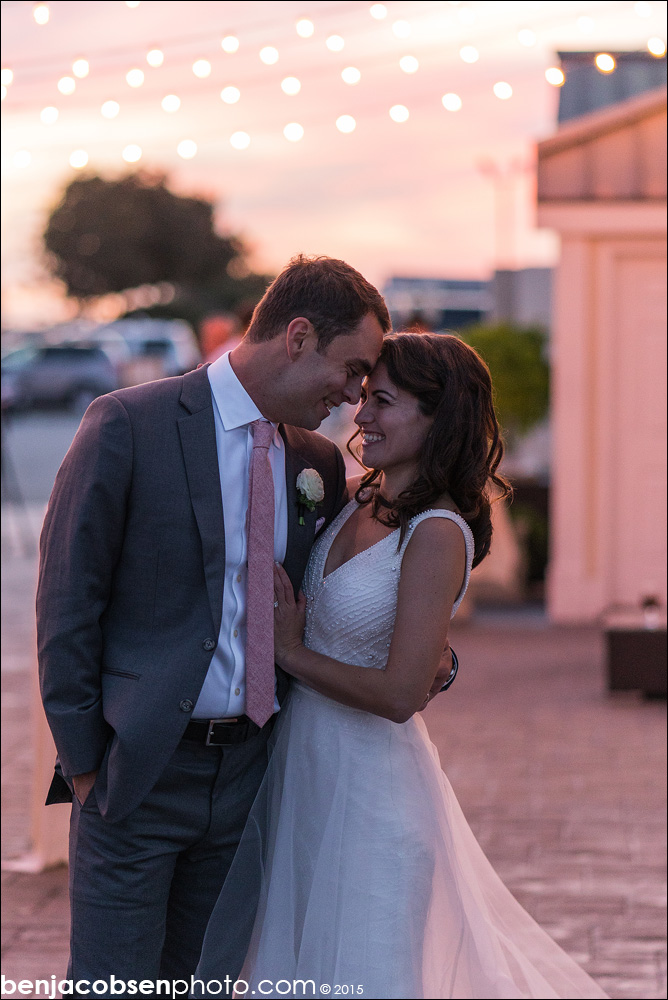
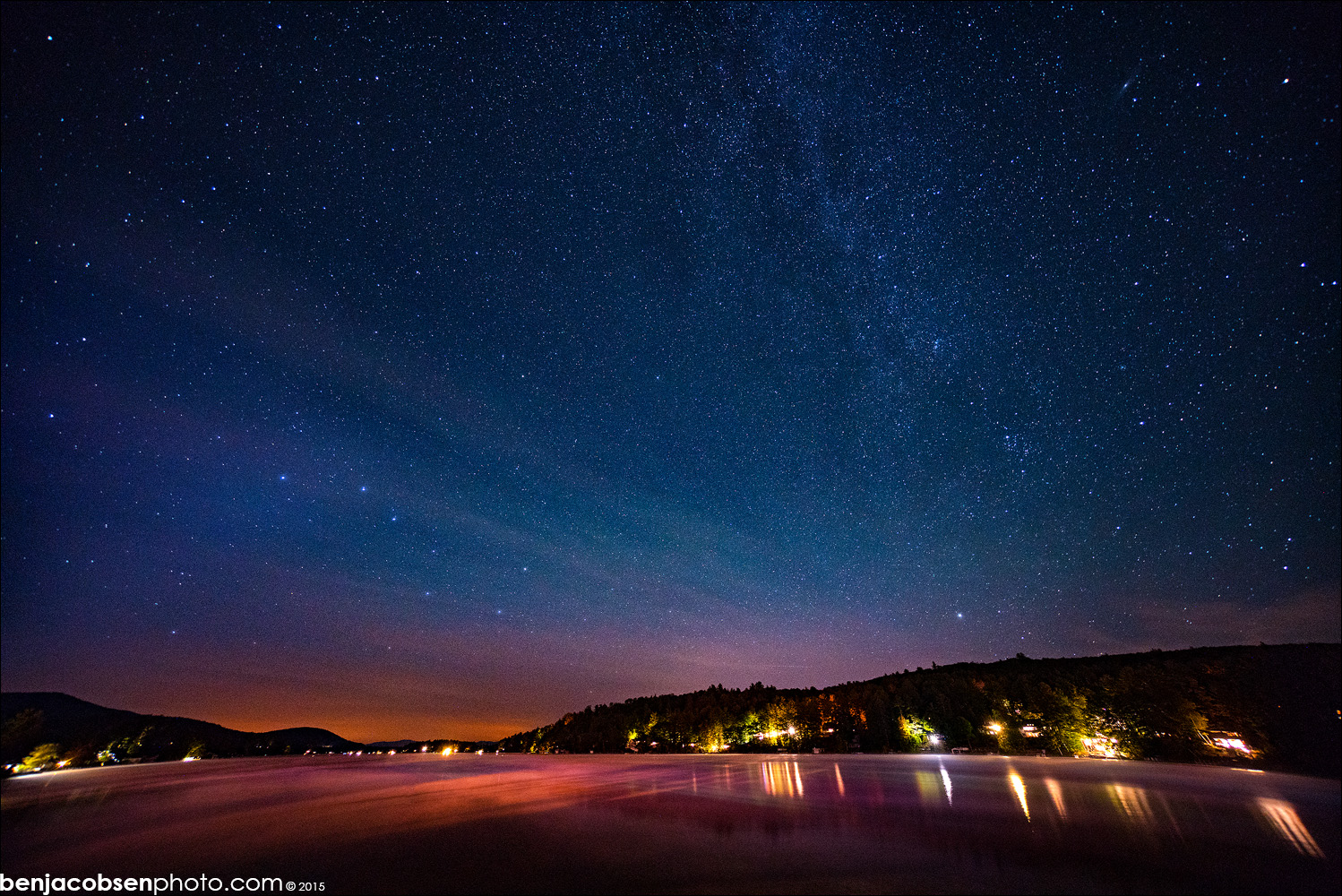
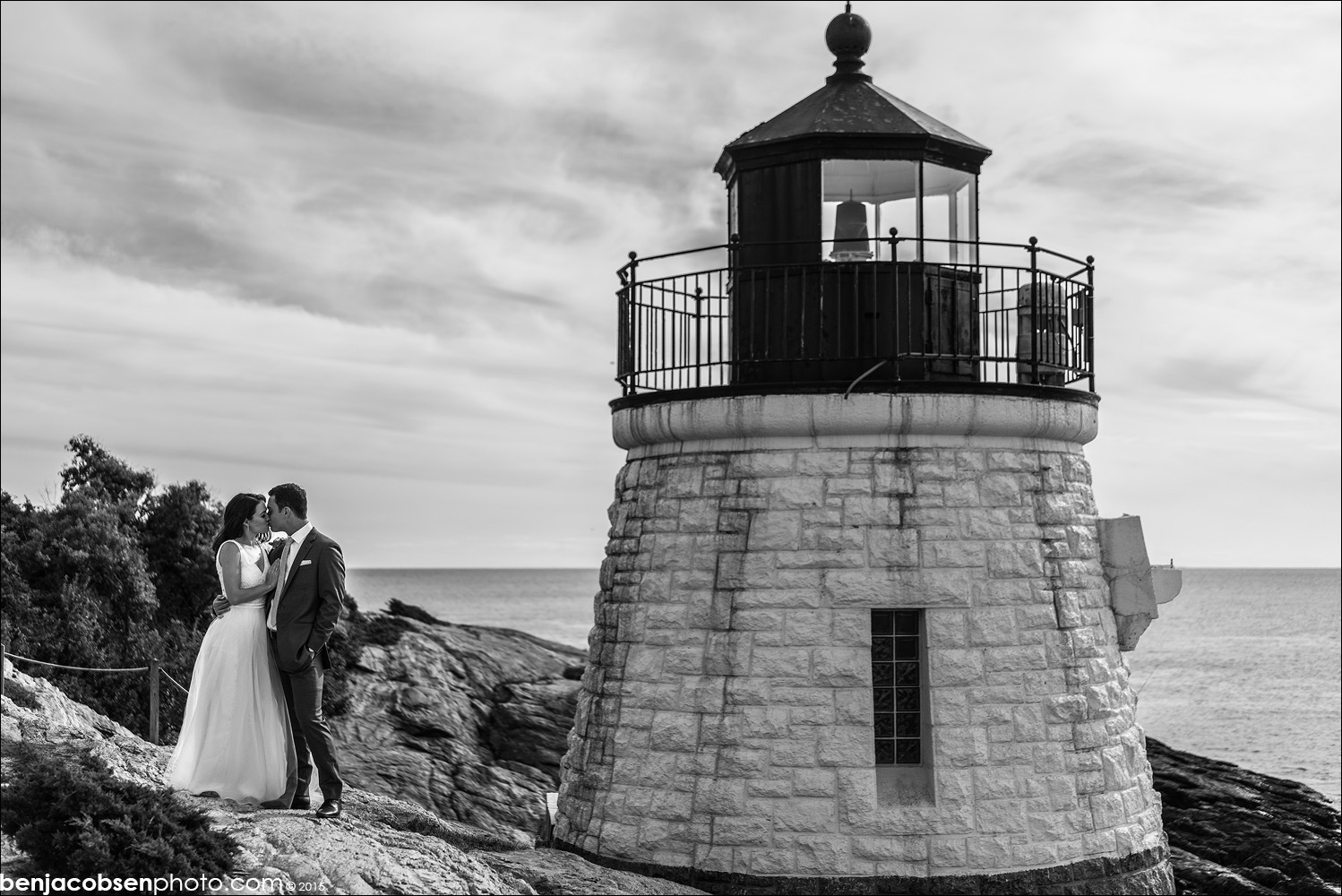
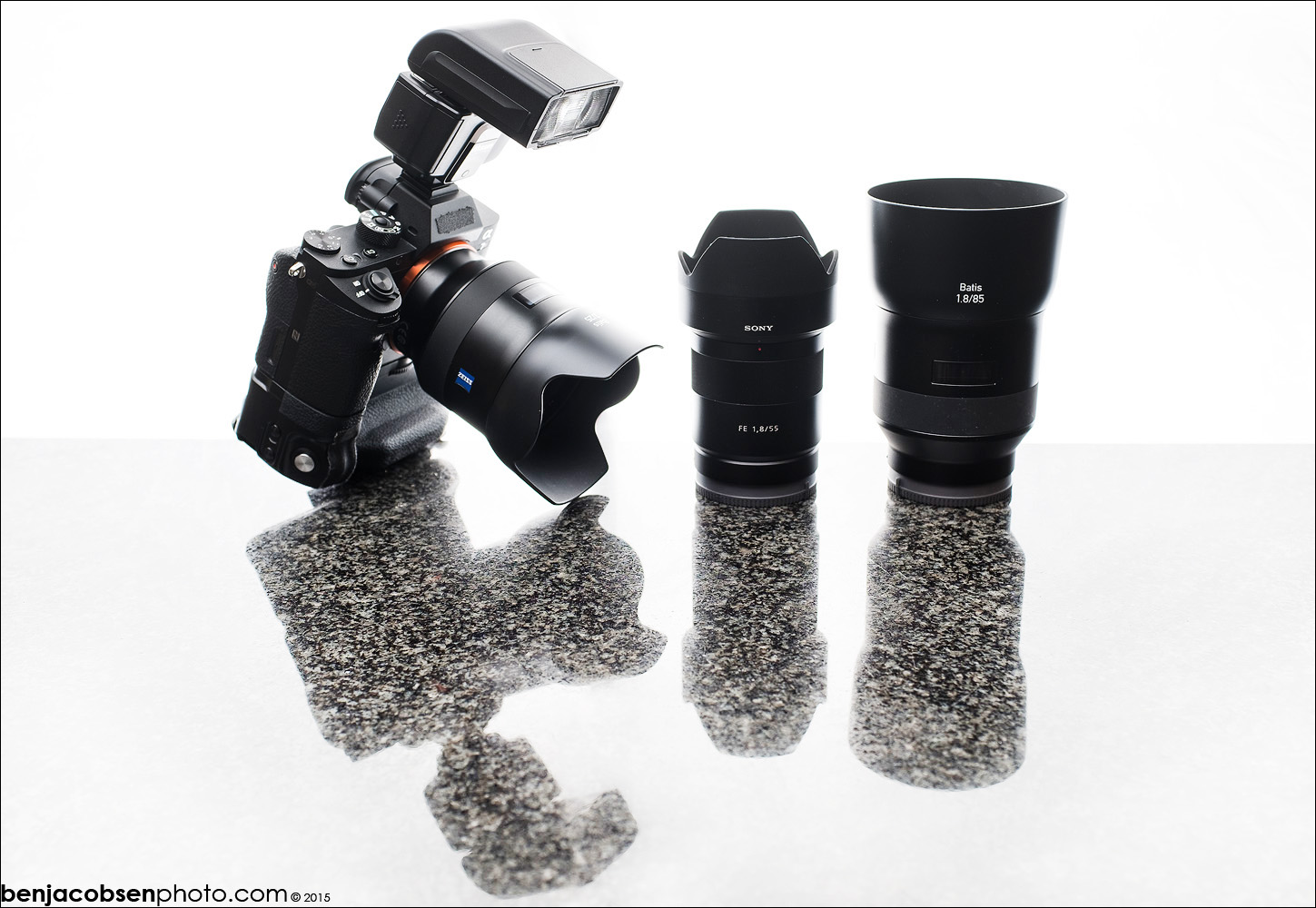





















Ben, I’ve been waiting for this review since I’ve become aware of your use of the Sony’s. I’ve struggled with some of the same difficulties and your review is very practical, even-handed and detailed. Very helpful for someone considering a similar switch.
Thanks Eric!
Hi Ben.
I was wondering what you were up to the other day as I hadn’t seen you post on POTN for ages. Catching up with your reviews this morning, you had talked me into the Fuji XT1 ( I have the X Pro1 and I hate the AF ) as an upgrade, but then I read the A7R11 post.
The detail in the first picture in the post was instantly noticeable. Remembering all the 7D v 5Dii posts in POTN where the FF users constantly bragged how they could easily tell the difference between the two, well, now the FF is very noticeable.
Now my upgrade is going to cost me a whole lot more……….